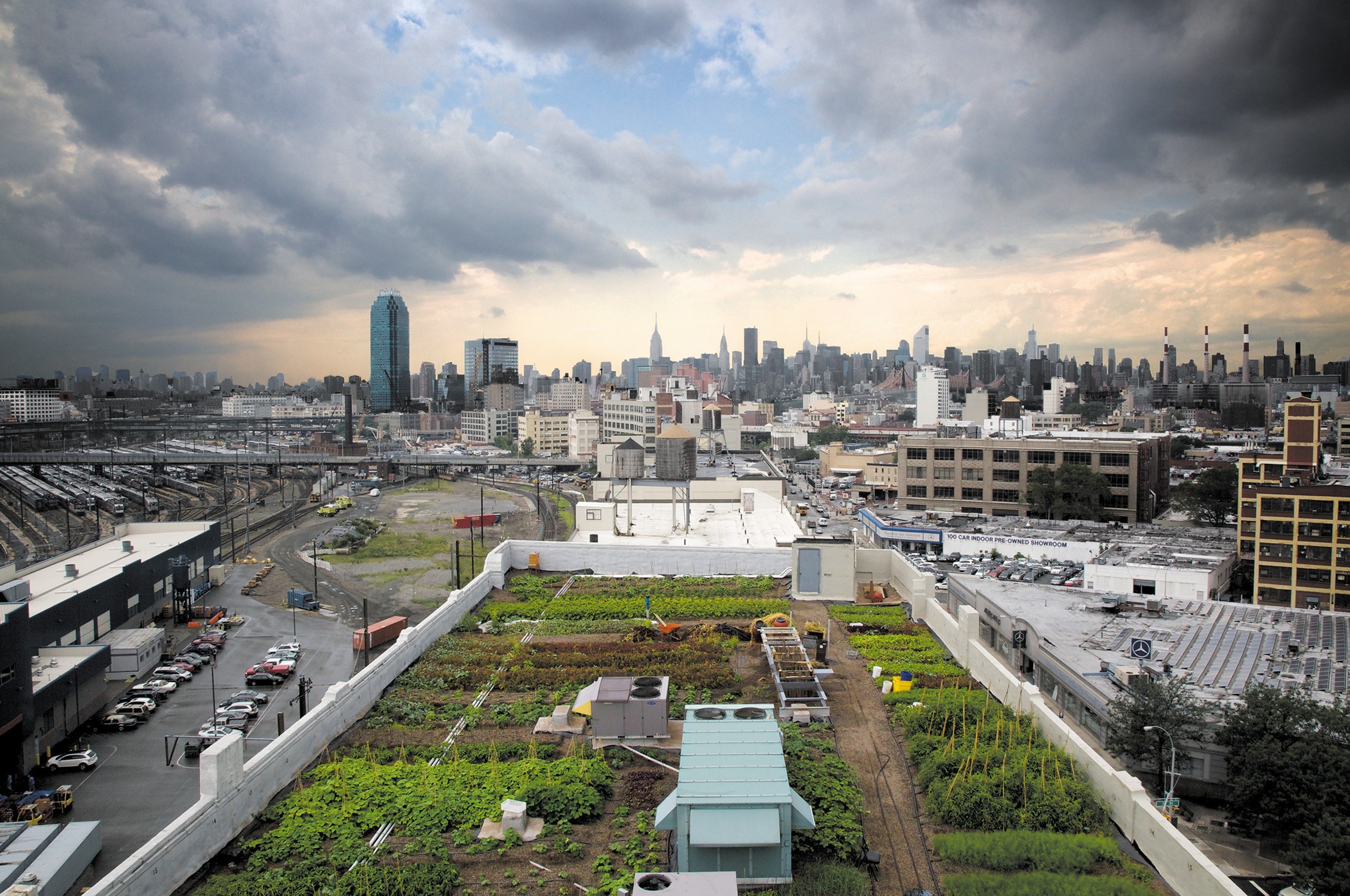The 5-Second Trick For City Blooming
Fascinated in growing food for sale in the City of Chicago? Below is a list of often asked questions concerning the policies and laws that growers should consider when planning an urban farming job.
The zoning modification does not modify any other codes dealing with composting, building licenses, acquiring or leasing City possessed residential property, business licenses or ecological contamination. There are existing codes that regulate these problems and they remain in full effect and may apply to your job. Community yards are normally owned or managed by public entities, civic companies or community-based companies and preserved by volunteers.
Urban ranches expand food that is intended to be sold, either on a nonprofit or for-profit basis. Due to their commercial objective, city ranches require a company permit.
Some Known Questions About City Blooming.
Composting is permitted but only for plant product that is produced and made use of on website. The quantity of compost product can not go beyond 25 cubic lawns at any type of given time according to the standards in 7-28-715 of the City's Municipal Code. Yes. Because the dirt at many new yard sites requires modifying, garden compost, soil, wood chips, or other materials can be obtained to create or improve the expanding room - home and garden.

If a building license is required after that the hoophouse will be thought about an accessory building. You can find out more regarding the structure license needs by getting in touch with the Division of Buildings. The 25,000-square-foot dimension limitation is intended to protect against a solitary community yard from dominating a given block or interfering with the block's existing property or commercial character.
The restriction does not relate to yards found in Public Open Area (POS) districts. Can there be even more than one neighborhood yard that is 25,000 square feet on a single block? Yes. The size limitation puts on private yards, not to individual blocks. No. Secure fencing is not required, nonetheless, gardens that have big parking lot might be required to set up secure fencing or other landscaping functions.
6 Easy Facts About City Blooming Explained
B1 & B2 areas require that all industrial use tasks be conducted inside your home. Is secure fencing required for urban farms? Fences might be required, along with landscaping and testing, for certain car park locations and outdoor job or storage space locations depending on place and the details task taking location.
Urban farms require building permits and zoning authorizations prior to building and construction (landscaping). Other forms of city review might be needed depending on particular structures, activities, dimension, landscape design, licensing, public health and stormwater administration concerns.
Yes. The sort of permit is determined by what is happening at the website. The Division of Company Matters and Consumer Security can aid figure out the specific kind of business permit that's called for. Yes. Off street parking is needed for most industrial projects in Chicago. The needed variety of auto parking areas is based upon the variety of employees working with website and not the square video of the expanding space.
Not known Details About City Blooming

Yes. A metropolitan ranch can sell compost material created on site, nevertheless, the operation needs to adhere to the laws in 7-28-715 of the Chicago Municipal Code. Yes. Aquaponic systems are allowed inside your home on metropolitan farms in numerous zoning districts. Nevertheless, a zoning evaluation and structure license is needed in order to set up click to read more frameworks or systems and a service permit is required as described above.
Approximately 5 hives or nests of honey might be kept as an accessory use. Beekeepers should sign up with the Illinois Department of Agriculture. For more details about the recommended zoning change you might call the Department of Real Estate and Economic Advancement, Bureau of Planning and Zoning at 312.744.8563.
Farming in cities and city locations An urban ranch in Chicago. Urban agriculture describes different techniques of growing. https://triberr.com/cityblooming, handling, and dispersing food in urban areas. The term also puts on the location activities of animal husbandry, tank farming, beekeeping, and horticulture in a metropolitan context. Urban agriculture is identified from peri-urban farming, which takes location in backwoods at the side of residential areas.
The Single Strategy To Use For City Blooming
It can entail an activity of organic farmers, "foodies" and "locavores", that look for to develop social media networks established on a common ethos of nature and community holism. These networks can create using official institutional support, becoming integrated into local town as a "change town" activity for lasting urban growth.
Some of the very first proof of urban agriculture comes from Mesopotamia.
Comments on “Some Known Details About City Blooming”